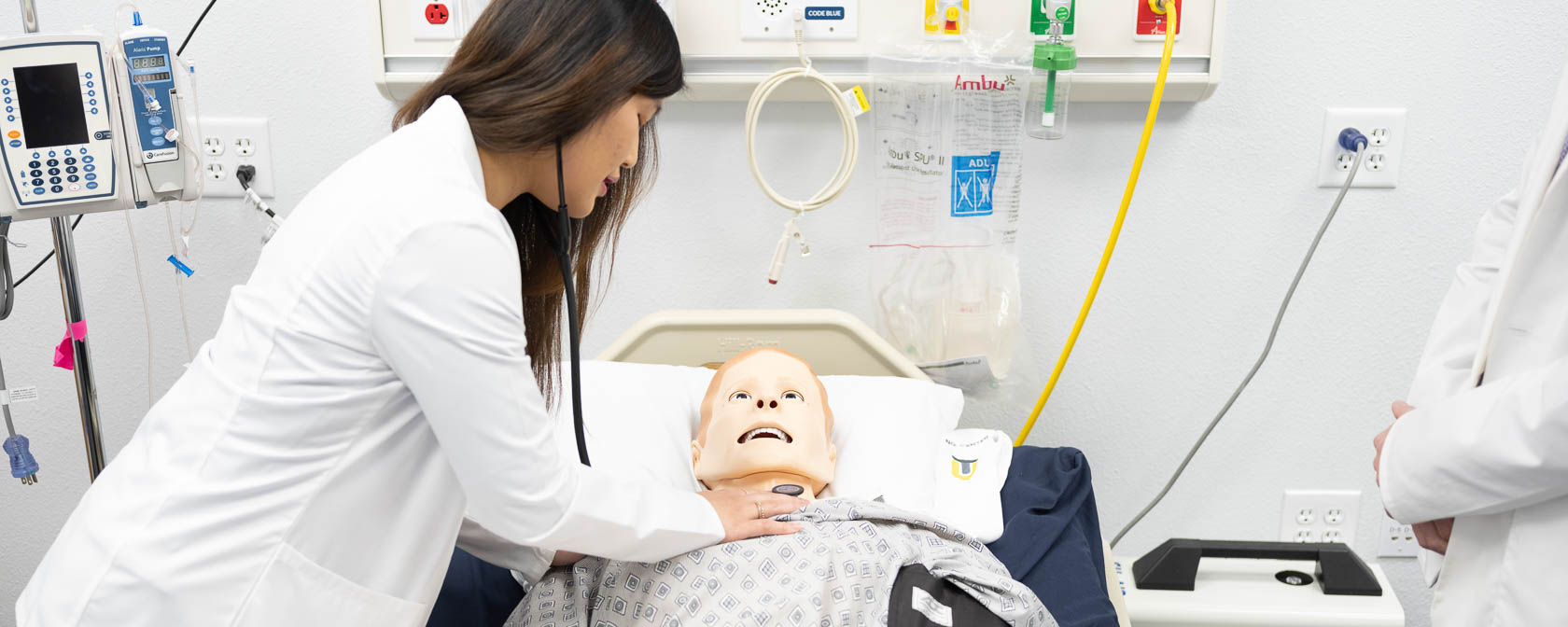
Touro University Nevada Celebrates Healthcare Simulation Week with 70,000 Hours of Learning
Touro University Nevada’s Michael Tang Regional Center for Clinical Simulation is the first simulation center in Nevada to be provisionally accredited by the Society for Simulation in Healthcare. The center, which is 18,000 square feet and contains roughly 200 pieces of equipment, allows instructors to set up an unlimited number of medical scenarios to benefit the more than 1000 students in all the healthcare programs of Touro University Nevada.
“We take immense pride in our simulation center, which offers extensive, multidisciplinary hands-on education for our students and partners,” said Casey Maurice, Director of Clinical Simulation at Touro University Nevada. “Our goal is to bridge the gap between textbook knowledge and real-world application, equipping students with the confidence and practical skills they need for their clinicals and rotations. This approach ensures they are well-prepared to handle real-life situations and interact effectively with patients.”
The simulation center offers training events to students across all healthcare programs at Touro University. In 2023 alone, the center hosted 150 events, including open skills practice and small group role-playing sessions with pre-programmed medical scenarios. Staff record and review these sessions to identify areas for improvement and refinement. Over the past 24 months, Osteopathic Medicine and Physician Assistant program students have collectively accumulated roughly 46,000 hours of hands-on education.
The facility features a six-bed multifunctional hospital unit with an observation deck, 20 standardized patient rooms, an ultrasound training room, and three simulation suites. The simulation center has six high-fidelity manikins that can be programmed to showcase a variety of symptoms like sweating, eye dilation, heart rate, and more. One of the most recent additions is the birthing simulator, which not only gives students the ability to practice various birthing situations and complications but also can use augmented reality to show the skeletal changes of the mother during the process.
“During the preclinical years, you learn about the normal and abnormal heart and lung sounds. However, you practice on a few patient actors and classmates but are not guaranteed to hear the normal and abnormal,” said Erika Assoun, a student in the osteopathic medicine program. “The simulation technology helps students listen to these sounds, learn the normal from abnormal, and develop an ear for the differences.”
Touro is constantly working to acquire the latest cutting-edge technology and training devices to ensure students are learning beyond standardized practice. Three new training manikins use the Resuscitation Quality Improvement (RQI) program developed by The American Heart Association which utilizes AI programming to monitor proper techniques to perform high-quality CPR. While RQI program is becoming the standard in hospitals across the valley Touro Nevada is the first medical school in the state to offer this training for all students.
“We are delivering advanced and practical training to prepare the next generation of healthcare professionals,” added Dr. Andrew Priest, Campus President & Provost. “The innovative experiences our students receive from using this facility are unmatched.”



